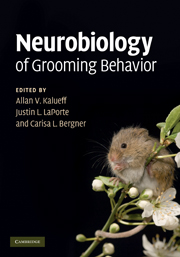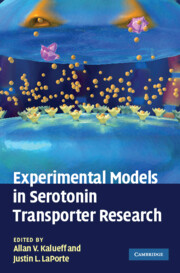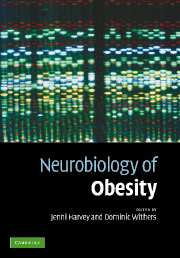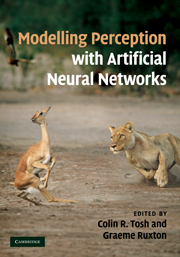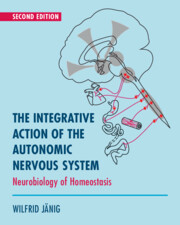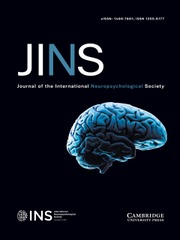Neurobiology of Grooming Behavior
Grooming is among the most evolutionary ancient and highly represented behaviours in many animal species. It represents a significant proportion of an animal's total activity and between 30-50% of their waking hours. Recent research has demonstrated that grooming is regulated by specific brain circuits and is sensitive to stress, as well as to pharmacologic compounds and genetic manipulation, making it ideal for modelling affective disorders that arise as a function of stressful environments, such as stress and post-traumatic stress disorder. Over a series of 12 chapters that introduce and explicate the field of grooming research and its significance for the human and animal brain, this book covers the breadth of grooming animal models while simultaneously providing sufficient depth in introducing the concepts and translational approaches to grooming research. Written primarily for graduates and researchers within the neuroscientific community.
- Covers the entire span of current research into grooming behaviour, giving the reader an overview of the current topics of interest
- Includes a wide spectrum of data from animal experimentation to clinical psychiatry, providing translational parallels for scientists and clinicians
- Demonstrates the relevance of grooming behaviour to animal and human neurobiology including the modelling of affective disorders such as anxiety and PTSD (post-traumatic stress disorder)
Reviews & endorsements
'This volume provides a broad and interesting snapshot of the current state of the art in grooming behaviour studies and will be a valuable resource for students, colleagues, and interested snoopers from other disciplines.' The Biologist
Product details
May 2010Hardback
9780521116381
298 pages
255 × 179 × 18 mm
0.74kg
25 b/w illus. 17 tables
Available
Table of Contents
- Preface
- 1. Grooming, sequencing, and beyond: how it all began M. Frances Stilwell and John C. Fentress
- 2. Self-grooming as a form of olfactory communication in meadow voles and prairie voles (Microtus spp.) Michael H. Ferkin and Stuart T. Leonard
- 3. Phenotyping and genetics of rodent grooming and barbering: utility for experimental neuroscience research Carisa L. Bergner, Amanda N. Smolinsky, Brett D. Dufour, Justin L. LaPorte, Peter C. Hart, Rupert J. Egan and Allan V. Kalueff
- 4. Social play, social grooming and the regulation of social relationships Sergio M. Pellis and Vivien C. Pellis
- 5. Grooming syntax as a sensitive measure of the effects of subchronic PCP treatment in rats Marie-Claude Audet and Sonia Goulet
- 6. Modulatory effects of estrogens on grooming and related behaviours Rachel A. Hill and Wah Chin Boon
- 7. Lack of barbering behaviour in the phospholipase Cβ1 mutant mice, a model animal for schizophrenia Hee-Sup Shin, Daesoo Kim and Hae-Young Koh
- 8. Grooming after cerebellar, basal ganglia, and neocortical lesions R. Lalonde and C. Strazielle
- 9. Striatal implementation of action sequences and more: grooming chains, inhibitory gating and relative reward effect Howard Casey Cromwell
- 10. An ethological analysis of barbering behaviour Brett D. Dufour and Joseph P. Garner
- 11. Should there be a category: 'grooming disorders'? Lara J. Hoppe, Jonathan Ipser, Christine Lochner, Kevin G. F. Thomas and Dan J. Stein
- 12. Neurobiology of trichotillomania Srinivas Singisetti, Sam R. Chamberlain and Naomi A. Fineberg
- Index.

